Cymbidium orchids, with their elegant, cascading blooms in a spectrum of captivating colors, are a true spectacle for any plant enthusiast. Their robust nature compared to some other orchid varieties makes them a rewarding choice for both novice and experienced growers. However, like all orchids, they have specific needs that, when met, will result in a flourishing plant and an abundance of breathtaking flowers. This guide delves into the essential aspects of Cymbidium orchid care, providing you with the knowledge to cultivate these beauties successfully.
🌸 Limited Stock Alert! 🌸
🛒 SHOP CYMBIDIUM ORCHIDS NOWThe Foundation: Choosing the Right Pot
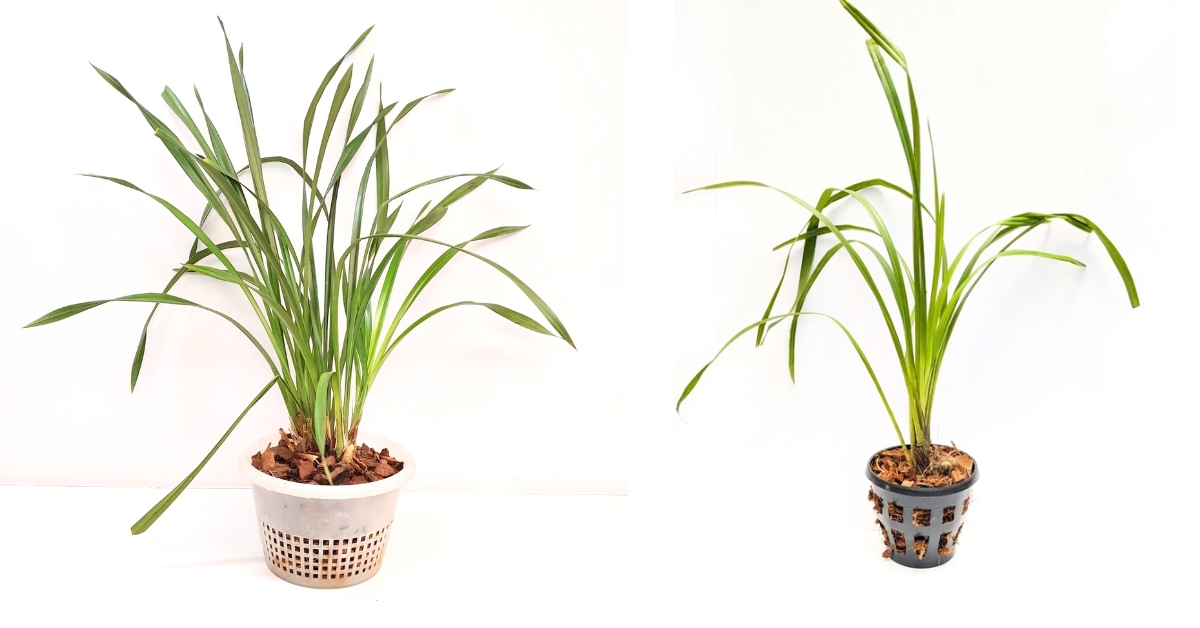
Selecting the appropriate pot is the first crucial step in ensuring your Cymbidium orchid thrives. Unlike many terrestrial plants that prefer ample space ftheir roots to spread, Cymbidiums actually prefer to be slightly root-bound. This encourages flowering and prevents the potting mix from staying too wet, which can lead to root rot.
- Smallest Fit: The key is to choose the smallest pot that can comfortably accommodate the orchid's root ball. There should be just enough room for a year or two of growth. Over-potting can lead to excessive moisture retention, which is detrimental to the health of the roots.
- Slotted Pots are Beneficial: The image specifically recommends using slotted pots. These pots offer excellent drainage and aeration, which are vital for Cymbidium roots. The slots allow excess water to escape quickly, preventing the potting mix from becoming waterlogged. Furthermore, the increased airflow around the roots helps to prevent fungal diseases.
- Material Considerations: While plastic pots are commonly used and readily available, terracotta pots can also be suitable. Terracotta is porous, allowing for even better aeration and moisture evaporation. However, they also dry out faster, so you might need to adjust your watering frequency accordingly. Avoid using glazed or non-porous pots, as they can trap moisture and hinder root health.
- Repotting Needs: As your Cymbidium grows, it will eventually outgrow its pot. You'll know it's time to repot when the roots start to circle the inside of the pot or when the potting mix begins to break down. Repotting is typically done every one to two years, ideally after the orchid has finished blooming.
The Lifeblood: Selecting the Ideal Growing Media
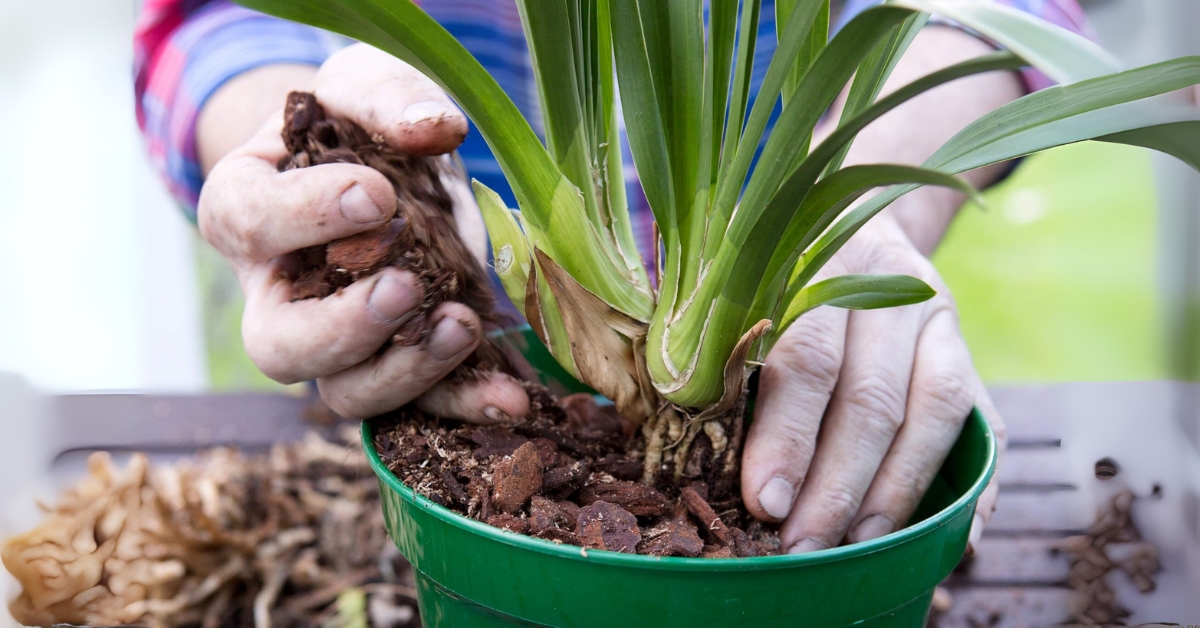
The potting mix for Cymbidium orchids is significantly different from the soil you would use for most houseplants. Orchids are epiphytes in nature, meaning they grow on other plants (usually trees) and derive moisture and nutrients from the air and rain. Their roots need excellent drainage and aeration, which a typical soil mix cannot provide.
- Open Media is Key: The image emphasizes the use of "open media." This refers to a mix of materials that create large air spaces around the roots, allowing for proper drainage and preventing the roots from suffocating :
- Charcoal: Horticultural charcoal helps to improve drainage and aeration. It also has antibacterial and antifungal properties, which can help to prevent root diseases.
- Coco Chips: These are chunks of coconut husk that provide excellent drainage and retain some moisture without becoming waterlogged. They are a sustainable and readily available option.
- Pine Bark: Fir or pine bark is a common ingredient in orchid mixes. It provides good drainage and aeration and breaks down slowly. Choose bark that is specifically graded for orchids.
- Brick Bats: Crushed brick pieces can be added to the mix to improve drainage and provide weight, which can be helpful for larger Cymbidium plants.
- Creating Your Own Mix: You can create your own Cymbidium potting mix by combining two or more of these materials. A common ratio is a mix of medium-grade pine bark, perlite (for added drainage), and coco coir or peat moss (for moisture retention). You can also add some horticultural charcoal for its beneficial properties.
- Commercial Orchid Mixes: If you prefer convenience, you can purchase commercially prepared orchid mixes specifically formulated for Cymbidiums. These mixes usually contain a blend of the materials mentioned above in appropriate proportions.
- Avoid Fine, Water-Retentive Materials: It's crucial to avoid using fine, peat-based potting mixes that are designed for terrestrial plants. These mixes will retain too much moisture and lead to root rot, which is a common killer of orchids.
Nourishment for Growth and Bloom: The Art of Fertilizing
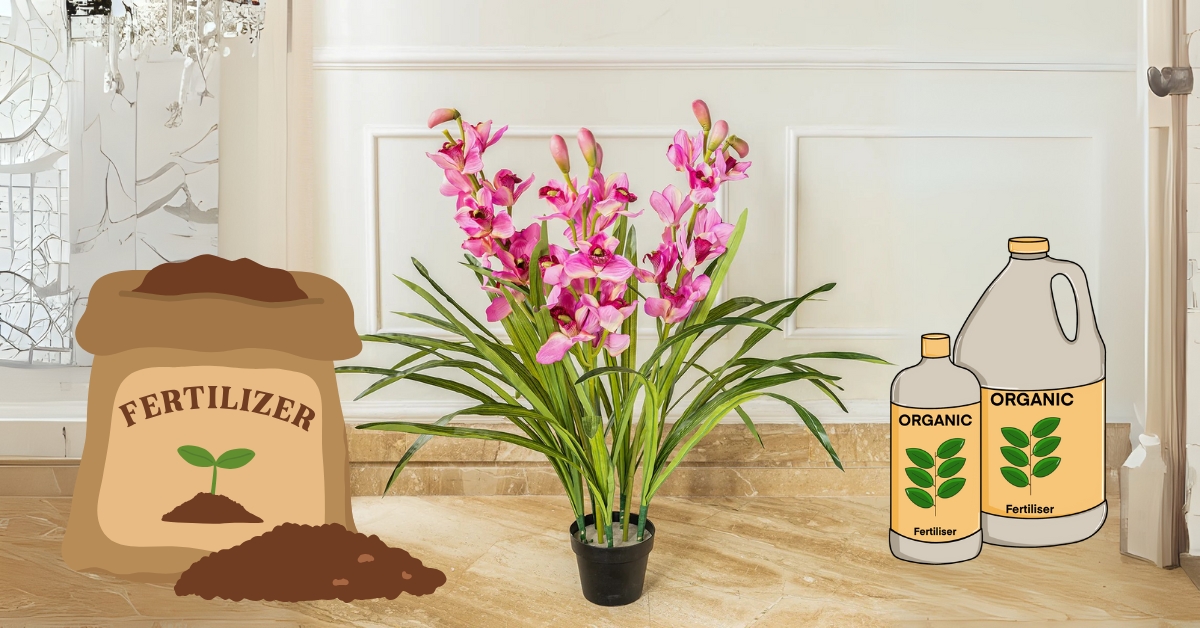
Cymbidium orchids, like all living organisms, require nutrients to grow and produce their magnificent flowers. However, they are not heavy feeders, and over-fertilizing can actually harm them. The key is to provide a balanced fertilizer in the right concentration and frequency.
- Water-Soluble NPK 19-19-19: The image recommends using a water-soluble fertilizer with an NPK ratio of 19-19-19. This indicates a balanced fertilizer with equal amounts of nitrogen (N), phosphorus (P), and potassium (K). Nitrogen promotes leafy growth, phosphorus supports root and flower development, and potassium contributes to overall plant health and vigor.
- Half Teaspoon in One Liter of Water: The recommended concentration is half a teaspoon of the fertilizer in one liter of water. It's crucial to measure accurately to avoid over-fertilizing. Using too much fertilizer can burn the roots and damage the plant.
- Weekly Application: The image suggests fertilizing weekly. This regular feeding schedule provides the orchid with a consistent supply of nutrients. However, you might consider reducing the frequency during the winter months when the plant's growth slows down.
- Thoroughly Drench the Media: When fertilizing, it's important to thoroughly drench the potting media with the fertilizer solution. This ensures that the nutrients reach all the roots. Allow the excess solution to drain away completely.
- Spray the Plant Also: The image also recommends spraying the plant with the fertilizer solution. Orchids can absorb some nutrients through their leaves. However, be cautious not to spray the flowers directly, as this can sometimes cause spotting or damage.
- Flush Regularly: Over time, salts from the fertilizer can build up in the potting mix. To prevent this, it's a good practice to flush the pot with plain water every month or two. Simply water the orchid thoroughly until water runs freely from the bottom of the pot. This will help to remove any accumulated salts.
- Adjusting Fertilizer During Blooming: Some growers prefer to use a fertilizer with a higher phosphorus content (e.g., 10-30-20) during the blooming period to encourage more and longer-lasting flowers. However, a balanced fertilizer like 19-19-19 is generally sufficient for healthy growth and flowering.
The Spark for Blooms: Providing the Right Light
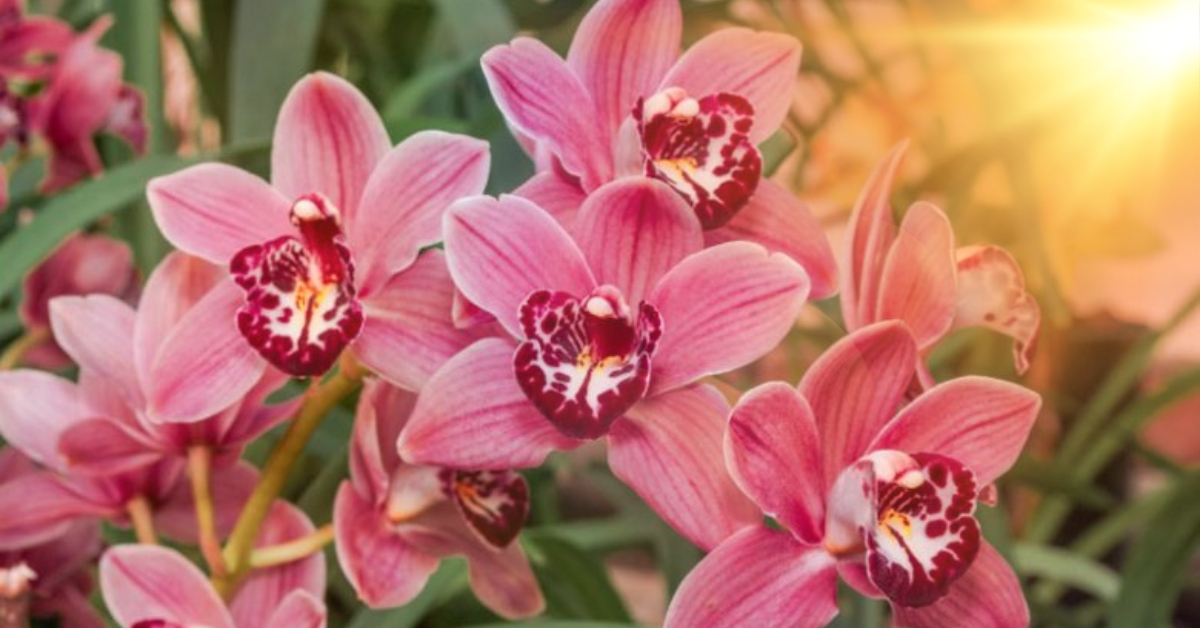
Light is a critical factor in the growth and flowering of Cymbidium orchids. They need bright, indirect light to thrive and produce their stunning blooms. Insufficient light will result in poor growth and a lack of flowering.
- Morning or Late Afternoon Direct Sunlight: The image specifically recommends providing morning or late afternoon direct sunlight. During these times of the day, the sun's rays are less intense and less likely to scorch the leaves. Direct sunlight during the hottest part of the day can be harmful.
- Bright Indirect Light: For the rest of the day, Cymbidiums prefer bright, indirect light. This can be achieved by placing them near an east-facing or west-facing window. A south-facing window can also work, but you'll need to provide some shade, especially during the summer months, to prevent leaf burn.
- Signs of Insufficient Light: If your Cymbidium is not getting enough light, the leaves will be dark green and elongated, and the plant will likely not flower.
- Signs of Excessive Light: If the plant is receiving too much direct sunlight, the leaves may turn yellow or develop brown, scorched patches.
- Artificial Light: If you don't have access to sufficient natural light, you can supplement with artificial grow lights. Fluorescent or LED grow lights can provide the necessary light spectrum for healthy growth and flowering. Position the lights appropriately according to the manufacturer's instructions.
- Seasonal Light Changes: Be mindful of seasonal changes in light intensity. During the winter months, the light intensity is lower, and you might need to move your orchid to a brighter location. Conversely, during the summer, you might need to provide more shade.
Quenching Their Thirst: Watering with Precision
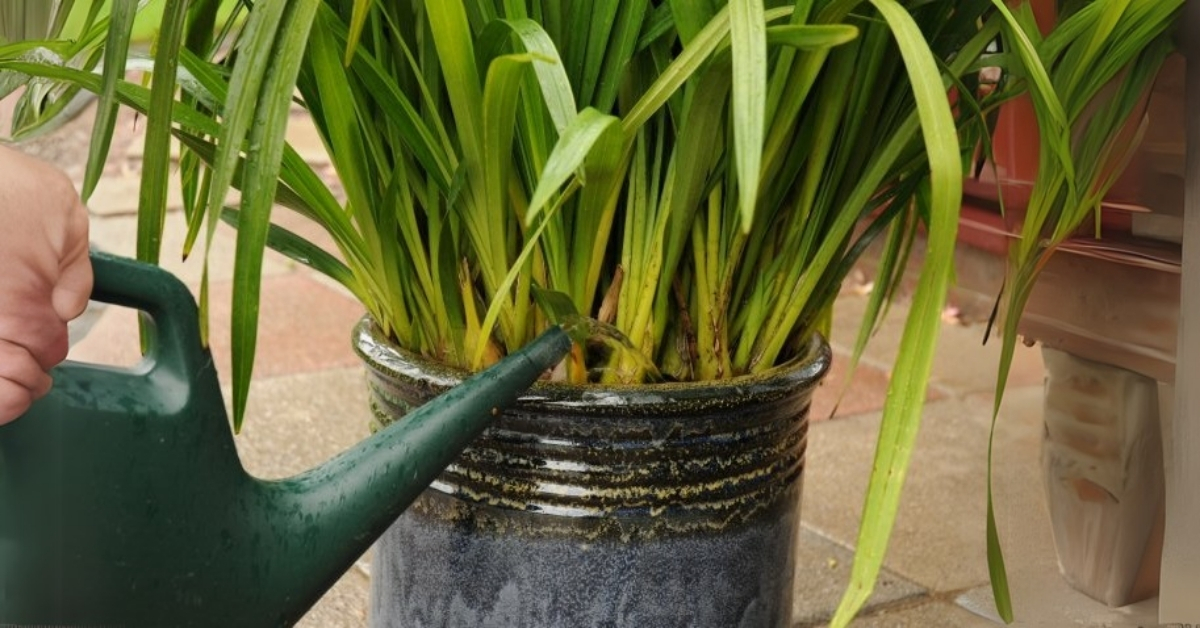
Proper watering is essential for the health of Cymbidium orchids. Overwatering is a common mistake that can lead to root rot, while underwatering can cause the plant to become stressed and dehydrated.
- Water on Alternative Days or When the Top One Inch of the Media is Dry: The image provides a good guideline for watering: either on alternative days or when the top one inch of the potting media feels dry to the touch. The frequency of watering will depend on various factors, including the temperature, humidity, and the type of potting mix used.
- Feel the Media: The best way to determine if your Cymbidium needs watering is to feel the potting mix. Insert your finger about an inch deep into the media. If it feels dry, it's time to water. If it feels moist, wait a day or two and check again.
- Water Thoroughly: When you do water, water thoroughly until water drains freely from the bottom of the pot. This ensures that all the roots are adequately hydrated.
- Allow Excess Water to Drain: Never let the pot sit in standing water. This can lead to root rot. After watering, allow the excess water to drain away completely. You can achieve this by placing the pot on a saucer and emptying any water that accumulates in the saucer after a few minutes.
- Watering Time: It's generally best to water your Cymbidium in the morning. This allows the foliage and potting mix to dry out during the day, reducing the risk of fungal diseases.
- Water Quality: Use good quality water for your orchids. Tap water that is high in salts or chlorine can be harmful. If your tap water is of poor quality, consider using rainwater, distilled water, or reverse osmosis water.
- Adjust Watering Seasonally: During the active growing season (spring and summer), your Cymbidium will likely need more frequent watering. In the fall and winter, when growth slows down, you can reduce the watering frequency.
Creating a Lush Environment: Maintaining Optimal Humidity
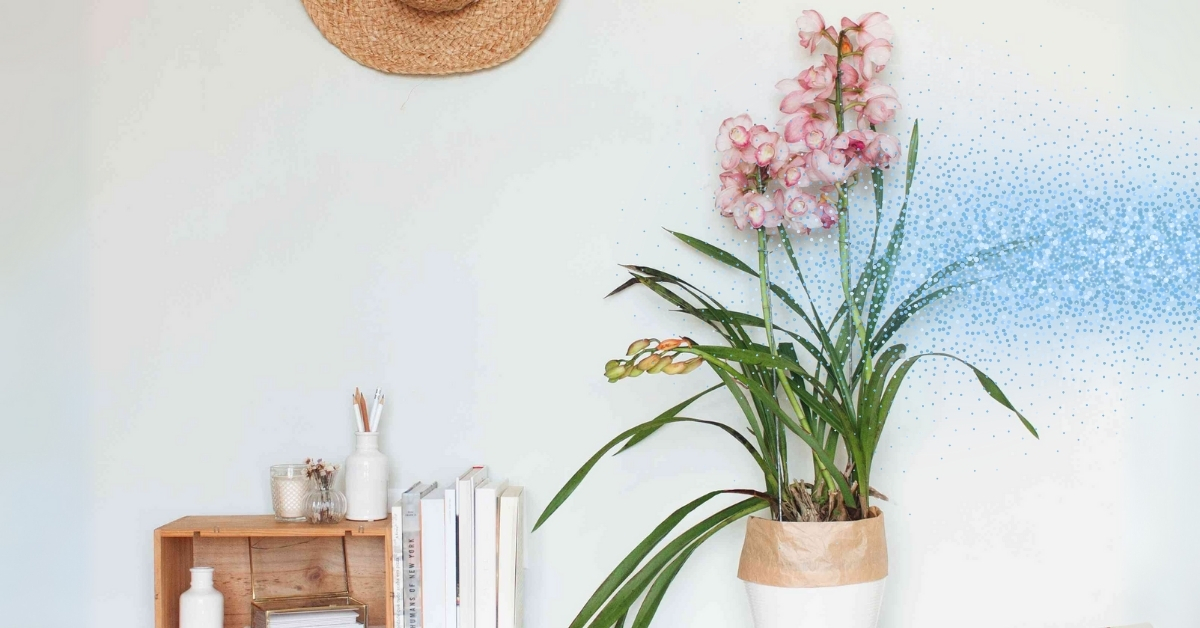
Cymbidium orchids thrive in environments with moderate to high humidity. While they are more tolerant of lower humidity levels than some other orchid species, providing adequate humidity will contribute to their overall health and encourage flowering.
- Daily Mist the Plant with Water One to Two Times: The image recommends misting the plant with water one to two times daily. Misting helps to increase the humidity around the orchid's foliage. Use lukewarm water for misting and avoid misting the flowers directly, as this can lead to spotting.
- Humidity Trays: Another effective way to increase humidity is to use a humidity tray. This is a shallow tray filled with pebbles and water. Place the orchid pot on top of the pebbles, ensuring that the bottom of the pot does not touch the water. As the water evaporates, it will increase the humidity around the plant.
- Humidifier: If the air in your home is particularly dry, especially during the winter months when heating systems are in use, you might consider using a humidifier to maintain a more consistent level of humidity.
- Grouping Plants: Grouping your orchids together can also help to increase humidity, as the plants will release moisture through transpiration.
- Monitor Humidity Levels: You can use a hygrometer to monitor the humidity levels around your orchid. Ideally, aim for a humidity level between 40% and 60%.
The Right Temperature for Growth and Flowering

Temperature plays a significant role in the growth and flowering cycle of Cymbidium orchids. They generally prefer moderate temperatures and benefit from a temperature difference between day and night.
- Daytime Temperatures: During the day, Cymbidiums thrive in temperatures between 65°F and 75°F (18°C and 24°C).
- Nighttime Temperatures: A drop in temperature at night is beneficial for initiating flowering. Aim for nighttime temperatures between 50°F and 60°F (10°C and 16°C). This temperature difference helps to trigger the blooming process.
- Avoid Extreme Temperatures: Avoid exposing your Cymbidium to extreme temperatures, both hot and cold. Temperatures below 40°F (4°C) can damage the plant, while temperatures above 85°F (29°C) can cause stress.
- Air Circulation: Good air circulation is important to prevent fungal diseases and to help regulate temperature. Ensure that your orchid is placed in a location with gentle airflow, but avoid drafts.
The Cycle of Renewal: Repotting Your Cymbidium
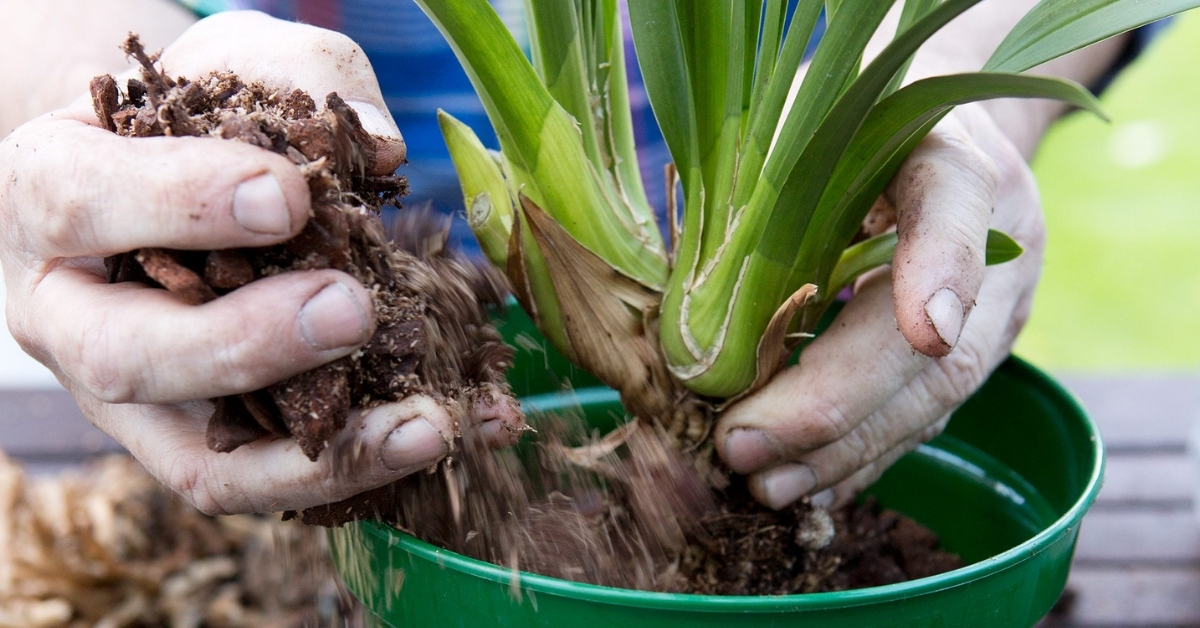
As mentioned earlier, Cymbidium orchids will eventually need to be repotted. This is typically done every one to two years, or when the potting mix starts to break down or the plant outgrows its pot.
- Best Time to Repot: The best time to repot a Cymbidium is after it has finished blooming, usually in the spring.
- Choosing a New Pot: Select a new pot that is only slightly larger than the previous one. Remember that Cymbidiums prefer to be somewhat root-bound.
- Preparing the New Potting Mix: Use fresh, high-quality Cymbidium potting mix.
- Removing the Orchid from the Old Pot: Gently remove the orchid from its old pot. You may need to carefully cut away any roots that are stuck to the sides of the pot.
- Cleaning the Roots: Remove as much of the old potting mix from the roots as possible. You can gently rinse the roots with water.
- Dividing the Plant (Optional): If your Cymbidium has grown into a large clump with several pseudobulbs, you can divide it at this time. Each division should have at least three to five healthy pseudobulbs.
- Placing the Orchid in the New Pot: Place the orchid in the center of the new pot and fill in around the roots with fresh potting mix. Gently firm the mix around the roots, but avoid packing it too tightly. The base of the pseudobulbs should be at or slightly above the surface of the potting mix.
- Watering After Repotting: Water the repotted orchid thoroughly and place it in a shady location for a few days to allow it to recover. Avoid fertilizing for a few weeks after repotting.
Encouraging the Floral Display: Tips for Blooming
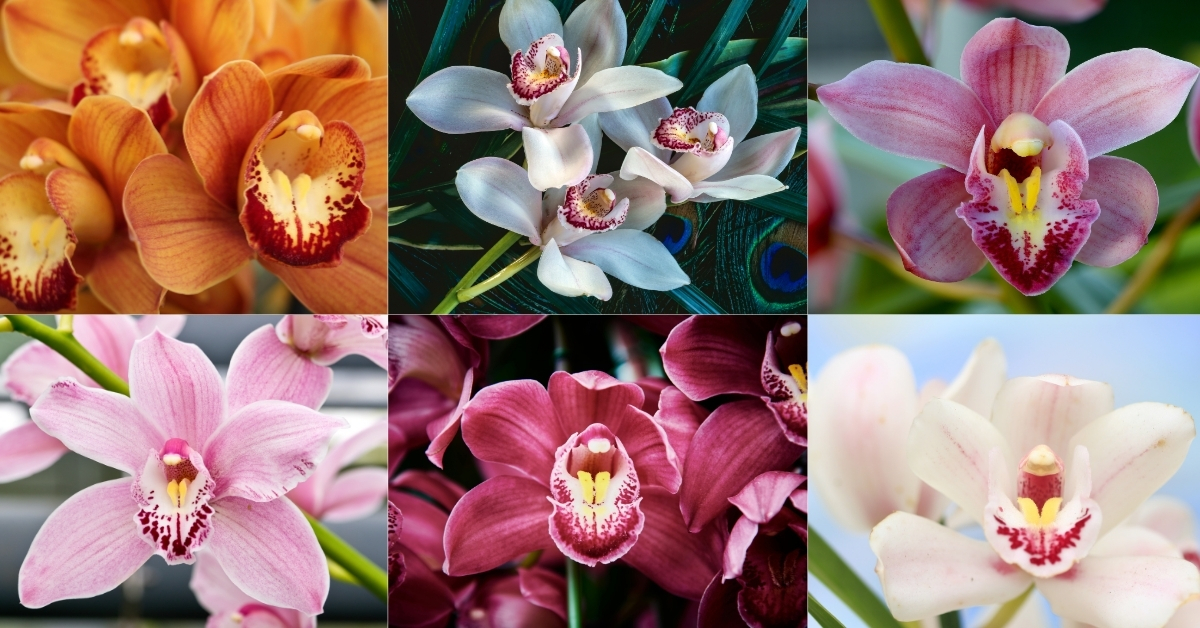
Getting your Cymbidium orchid to bloom is the ultimate reward for your care. Here are some additional tips to encourage flowering:
- Provide a Cool and Dry Period: In the fall, Cymbidiums need a period of cooler temperatures and slightly drier conditions to initiate flower spikes. Reduce watering slightly and expose the plant to nighttime temperatures in the range of 50°F to 60°F (10°C to 16°C) for several weeks.
- Ensure Sufficient Light: As mentioned earlier, adequate light is crucial for flowering. Make sure your Cymbidium is receiving bright, indirect light throughout the year.
- Don't Move the Plant When Spikes Appear: Once flower spikes start to develop, avoid moving the plant if possible. Changes in environment can sometimes cause the spikes to abort.
- Support Flower Spikes: As the flower spikes grow, they may need support to prevent them from breaking under the weight of the blooms. You can use stakes or clips to gently support the spikes.
Addressing Common Issues
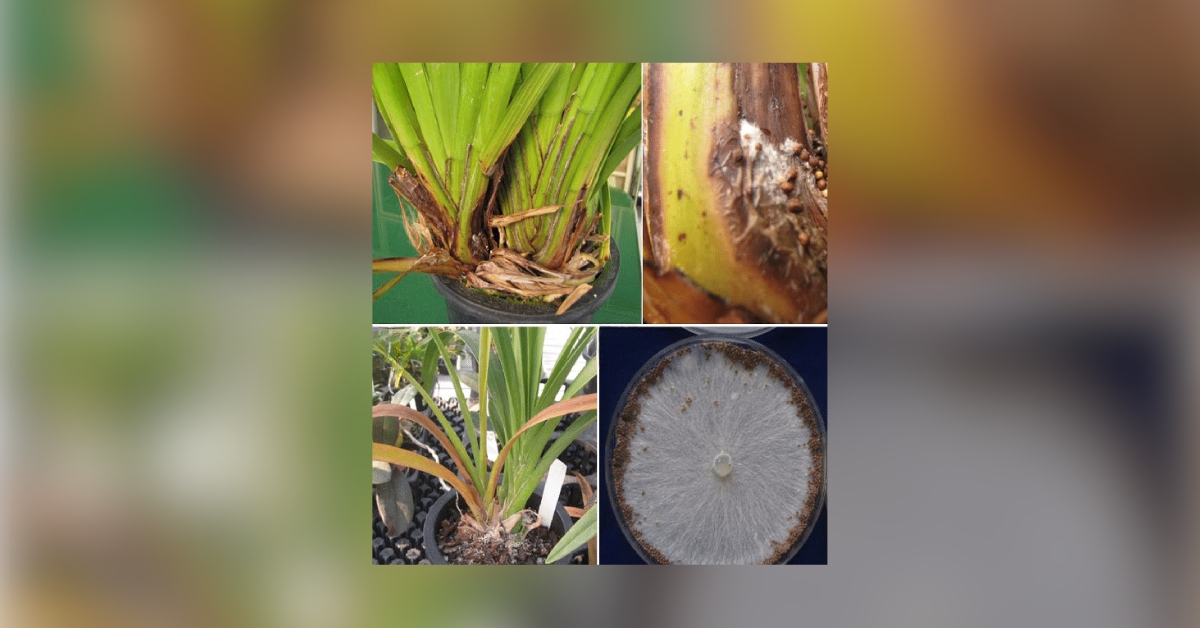
While Cymbidiums are relatively hardy, they can sometimes encounter problems. Here are a few common issues and how to address them:
- Root Rot: This is usually caused by overwatering or poor drainage. The roots will turn brown and mushy. To treat root rot, remove the affected roots, repot the orchid in fresh potting mix, and adjust your watering habits.
- Leaf Spot: This can be caused by fungal or bacterial infections. Improve air circulation, avoid overhead watering, and treat with an appropriate fungicide or bactericide if necessary.
- Pests: Common orchid pests include scale, mealybugs, and spider mites. Inspect your plant regularly and treat any infestations with insecticidal soap or neem oil.
- Lack of Blooming: This can be due to insufficient light, lack of a cool and dry period in the fall, or improper fertilization. Review the care requirements and make adjustments as needed.
Conclusion: The Joy of Cultivating Cymbidium Orchids
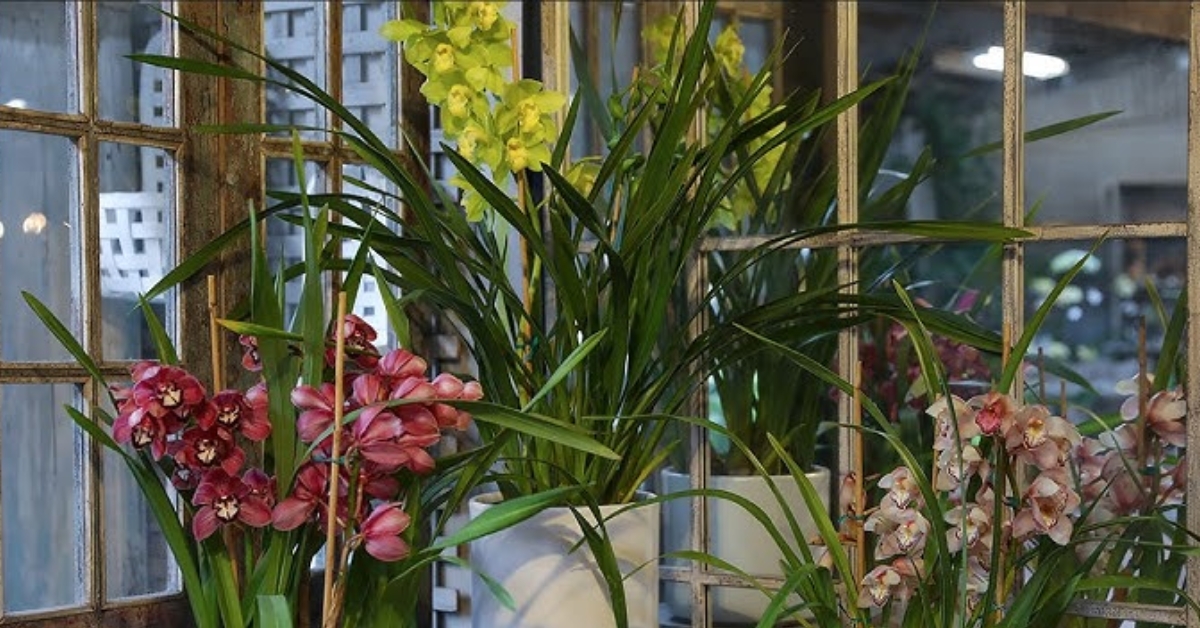
Cymbidium orchids are a captivating addition to any plant collection, offering a stunning display of elegant blooms. While they have specific care requirements, understanding and meeting these needs will reward you with a thriving plant and an abundance of beautiful flowers. By providing the right pot, media, light, water, humidity, and temperature, you can unlock the secrets to successfully cultivating these magnificent orchids and enjoy their beauty for years to come. Remember to observe your plant closely and adjust your care routine as needed, and you'll be well on your way to becoming a successful Cymbidium orchid grower.


